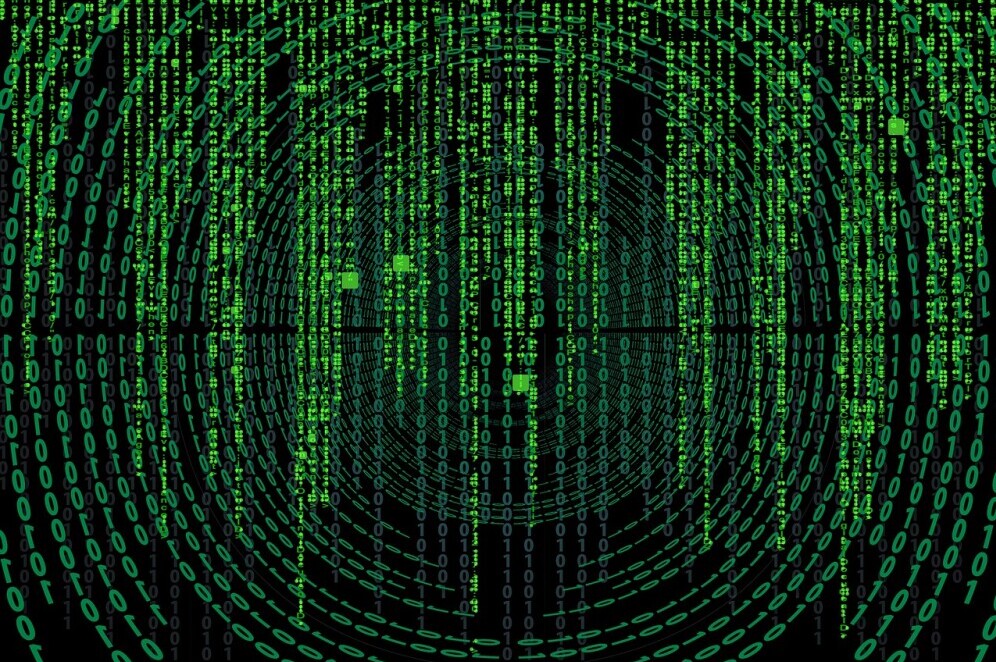
The presence of a computer virus can be likened to that of a coronavirus; at times, symptoms may be pretty apparent, while at other times, they might go unnoticed until significant damage occurs.
Anti-virus software is designed to identify and address these viruses, providing essential protection.
Being aware of the signs of infection can improve your computer’s performance. Act promptly upon noticing any early indications to prevent the infection from spreading further and potentially harming your system.
A computer virus is a type of malicious software that may originate from legitimate application code and is designed to reproduce itself and propagate its damaging effects.

Attackers can compromise your computer by using malware or a virus, which has a specific method of targeting parts of the system to infect. Unlike biological viruses such as the flu or HIV, which rely on human cells to reproduce and infect, computer viruses operate differently.
They require accompanying code snippets that allow them to insert themselves into other computer applications. Once an infected application is executed, the virus code activates, potentially causing significant damage to the system.
People often interchange the terms “virus” and “malware” in everyday contexts, especially when discussing computer security. However, a virus is a specific type of malware that fits a precise definition.

Other leading types of malware include Trojans, which masquerade as benign applications to deceive users, and worms, which can replicate and spread independently of different applications. Notably, viruses must first infect a host application to operate, distinguishing them from other forms of malware.
Notably, viruses must first infect a host application to operate, distinguishing them from other forms of malware.
When a virus infects a computer application, it begins its malicious operations by providing a high-level overview of its processes. Typically, this unfolds as follows: when the user requests the infected application, it executes, allowing the virus to load into the CPU memory before the legitimate code can run.
Once in memory, the virus propagates by infecting other applications on the host computer and inserting its malicious code whenever possible. Resident viruses engage in this process every time the computer opens a program, while non-resident viruses can infect executable files even if they are inactive.
Boot viruses employ a particularly insidious tactic: They embed their code in the boot sector of the system disk, ensuring execution before the operating system fully loads. This can render the computer inoperable. Once the virus has established its presence in the system, its payload—which comprises the part of the virus designed to perform harmful functions—begins to execute.
This can include various malicious activities: viruses may scan the hard drive for banking credentials, log keystrokes to capture passwords, or even turn the computer into a “zombie” that launches Distributed Denial of Service (DDoS) attacks against targeted entities.

Some viruses can encrypt files and demand a ransom to restore access. Other types of malware, such as ransomware, worms, and DDoS Trojans, can exhibit similar harmful behaviors.
In the pre-internet era, viruses primarily spread from computer to computer through infected floppy disks. A notable example is the SCA virus, which circulated among Amiga users via disks containing pirated software. While these disks themselves were primarily benign, at one point, nearly 40% of Amiga users found their systems infected.
Today, however, viruses have adapted to spread through the Internet. They target applications by transferring code from one computer to another, much like any legitimate application. Some viruses incorporate logic bomb code, ensuring their harmful payload executes only under specific conditions or at predetermined times.
As a result, users or administrators may need to be made aware that their applications are infected, allowing for installation or transfer without caution. Additionally, certain viruses can hijack email software to send copies of themselves, or they may download malicious code from compromised repositories or app stores.
A common thread among these infection vectors is that they require user interaction to execute the infected application code. Remember, a virus can only perform and reproduce if its host application runs.

Email remains a popular method for malware distribution, leading many to worry about whether opening an email could result in infection. Generally, merely opening an email is not a significant risk; downloading and executing an infected attachment poses a severe threat.
This is why professional antivirus solutions often emphasize the importance of exercising caution with email attachments. Most email clients and webmail services have built-in virus-scanning features to help mitigate this risk.
Additionally, a virus can infect a computer by executing as JavaScript within a web browser, exploiting security vulnerabilities to compromise locally installed programs.

Opening messages that contain embedded HTML and JavaScript code can expose your computer to virus infections. However, most email clients and webmail services have robust security measures to prevent such incidents, so the risk is generally manageable.
Various types of viruses may be encountered, and their characteristics can effectively categorize them. We have already discussed resident and non-resident viruses, boot sector viruses, and web scripting viruses. However, there are additional categories worth knowing about.
One such category is the macro virus, which infects macro applications embedded in Microsoft Office documents or PDF files. Many users exercise caution by avoiding unfamiliar applications but often overlook that some papers can contain executable code capable of harboring a virus. Another notable type is the polymorphic virus, which cleverly alters its source code each time it replicates, making it more difficult for antivirus software to detect. It’s important to understand that these classification schemes are based on different aspects of virus behavior. Therefore, a virus may fall into more than one category. For example, a resident virus can also exhibit characteristics of a polymorphic virus in certain situations. Staying informed about the diverse nature of viruses can help enhance your awareness and protection against potential threats.

Antivirus software is among the most recognized products in malware protection. CSO has compiled a list of leading antivirus solutions for various operating systems, including Windows, Android, Linux, and macOS. However, it is essential to understand that antivirus software is not a comprehensive solution, especially for larger corporate environments. In such cases, endpoint security offerings are crucial as they provide layered defenses against malware. These advanced solutions offer more than just signature-based malware detection; they also include features such as anti-spyware, personal firewalls, application control, and various forms of host intrusion prevention. It’s important to note that antivirus is not the end-all solution, particularly in complex corporate networks where multiple layers of security are necessary.

Viruses typically exploit vulnerabilities within your operating system or application code to infect your system and operate with ease. If there are no security gaps to exploit, you can significantly reduce the risk of infection—even if you inadvertently execute malicious code. To achieve this, you must keep all your systems patched and updated, maintain an accurate hardware inventory for adequate protection, and conduct continuous vulnerability assessments on your infrastructure. This proactive approach can help safeguard your organization against potential threats.
Determining whether a virus has breached your defenses can be challenging, as many viruses, excluding notable ones like ransomware, do not typically alert you to their presence. Like biological viruses that aim to keep their host alive for reproduction and spread, many computer viruses operate quietly in the background. However, several indicators can suggest your computer may be infected. Norton has compiled a helpful list of potential symptoms, which include: – Prolonged performance – Frequent system crashes – Unknown or unfamiliar programs launching upon startup – Mass emails being sent from your email account – Changes to your homepage or passwords. If you suspect your computer has been compromised, it is advisable to conduct a virus scan. There are numerous free services available to help you with this. The Safety Detective has a comprehensive overview of some of the best scanning tools to get you started. These proactive steps can help you promptly identify and address any potential infections.

Once a virus is installed on your computer, removing it can be pretty challenging—much like dealing with other malware. CSO offers valuable information on removing or recovering from threats such as rootkits, ransomware, and crypto-jacking. They also provide a guide for auditing your Windows registry, which can help you determine the appropriate steps. If you’re searching for tools to cleanse your system, Tech Radar has compiled a helpful list of free options featuring well-known antivirus programs alongside newer entrants like Malwarebytes. Additionally, it’s always wise to maintain regular backups of your files. This way, if necessary, you can restore your system to a known safe state rather than risking the complexities of removing virus code from your boot record or paying a ransom to dubious actors. Taking these precautions can significantly improve your ability to recover from an infection.

Jerusalem was a notable DOS virus that resided on computers, becoming active on any Friday the 13th and deleting applications when triggered. Another infamous virus was Melissa, a mass-mailing macro virus that brought the underground virus scene into the mainstream in 1999; its creator was sentenced to 20 months in prison for the outbreak. While many well-known malware threats in the 21st century are technically classified as worms or Trojans, it is essential to remember that viruses still exist. So, it’s necessary to be careful with any code you execute. As computer owners, we often see pop-up reminders to renew our antivirus subscriptions. It’s essential to pay attention to these notifications, as viruses can cause significant damage to your system. Make sure to renew your subscription before it expires to keep your computer secure. I also recommend signing up for the CSO Newsletter to stay informed about the latest developments in computers, software, and virus threats. If you have any questions, please leave them below, and I’ll be more than happy to assist you!
Francisco Rondina Laurito
Founder of the https://myelectronicsandaccessories.com or Francisco’s spectacular website




